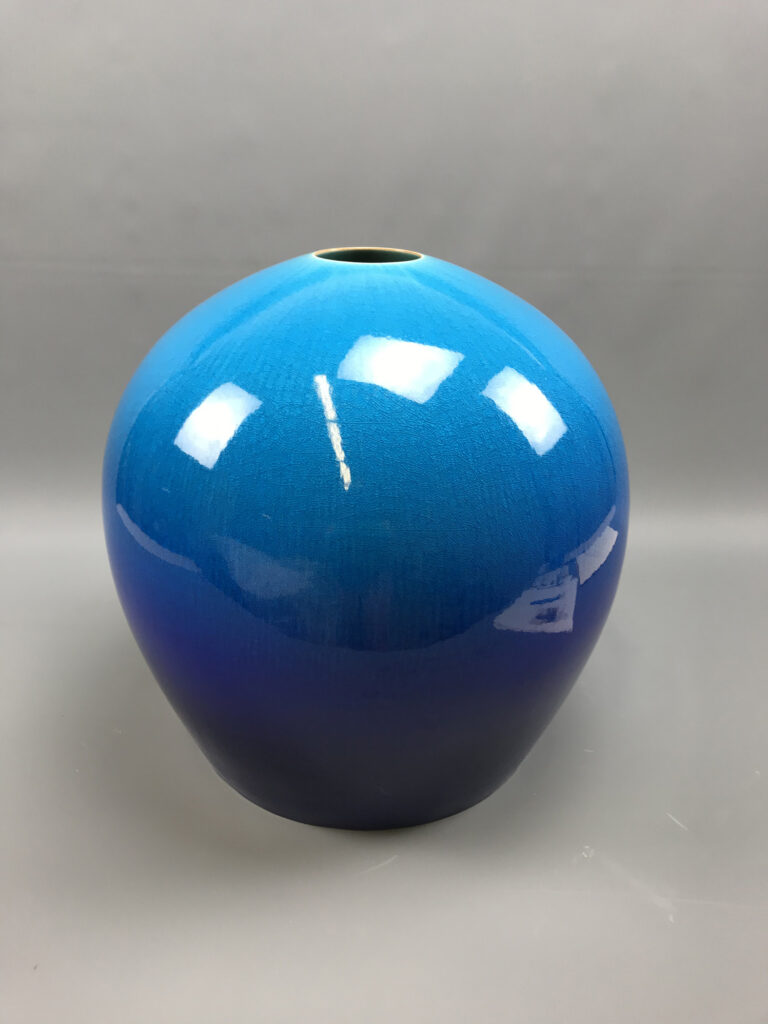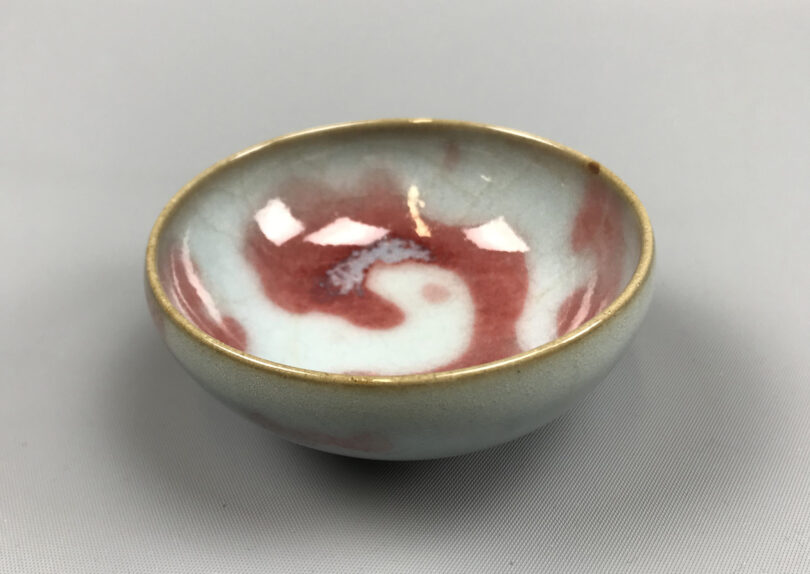Pottery is one of the oldest crafts and art forms in Japan. Ceramic culture has thrived there for more than 15,000 years, with a focus on practical objects, especially pots that are used during the tea ceremony. In 1948, the group Sodeisha began the movement toward modern ceramics, challenging the tradition of functional pottery. Many of the works produced by Sodeisha artists omitted holes so that their pieces would not be viewed as vases or pots. These artists emphasized form over function. The vision of the Sodeisha artists shaped the future of Japanese art.
The Georgia Museum of Art at the University of Georgia will present the show “Contemporary Japanese Ceramics from the Horvitz Collection” until Sept. 26, 2021. The show represents three generations of artists, some of whom were part of the Sodeisha group and all of whom follow or followed the philosophy initiated by those ground-breaking ceramicists in the late 1940s.
All works in the exhibition come from the collection of Carol and Jeffrey Horvitz. The Horvitzes began collecting contemporary Japanese ceramics in 2008. They make annual trips to Japan to visit artists, their workshops and studios. On these trips, they purchase works to add to their collection, which is one of the largest outside Japan. Their holdings contain more than 800 works from over 300 artists, including Fujikasa Sakoto, Kawase Shinobo and Sazuki Osamu. They selected each piece for its potential to be placed in a museum, whether on loan or more permanently and have donated many works to museums across the U.S.
Museum director William U. Eiland and curator of decorative arts Dale Couch selected the ceramics in this exhibition. Guest curator Perri Lee Roberts, professor emeritus at the University of Miami, wrote labels and wall text to explain each object’s significance. The objects on view are primarily vases and vessels.

Kimura Yoshiro (Japanese, b. 1946), orb-shaped sculpture, 2017. Collection of Carol and Jeffrey Horvitz.
“We actually did decide to stress the structural nature of the ceramics for this loan and exhibition,” said Eiland. One ceramic that stands out most to Eiland is the startlingly blue orb-shaped sculpture by Kimura Yoshiro. Kimura’s fascination with the many shades of blue found in the sea and sky led him to use only the traditional Japanese aquamarine glaze.
The exhibition highlights the diversity of contemporary Japanese pottery and porcelain, displaying art crafted by ancient and modern materials and methods. These works are connected by their artisanship and sophistication.
“I want [visitors] to take away a gift from the Georgia Museum of Art: the gift of beauty, of skilled craftmanship, the joy of clean shape and design,” Eiland said.








